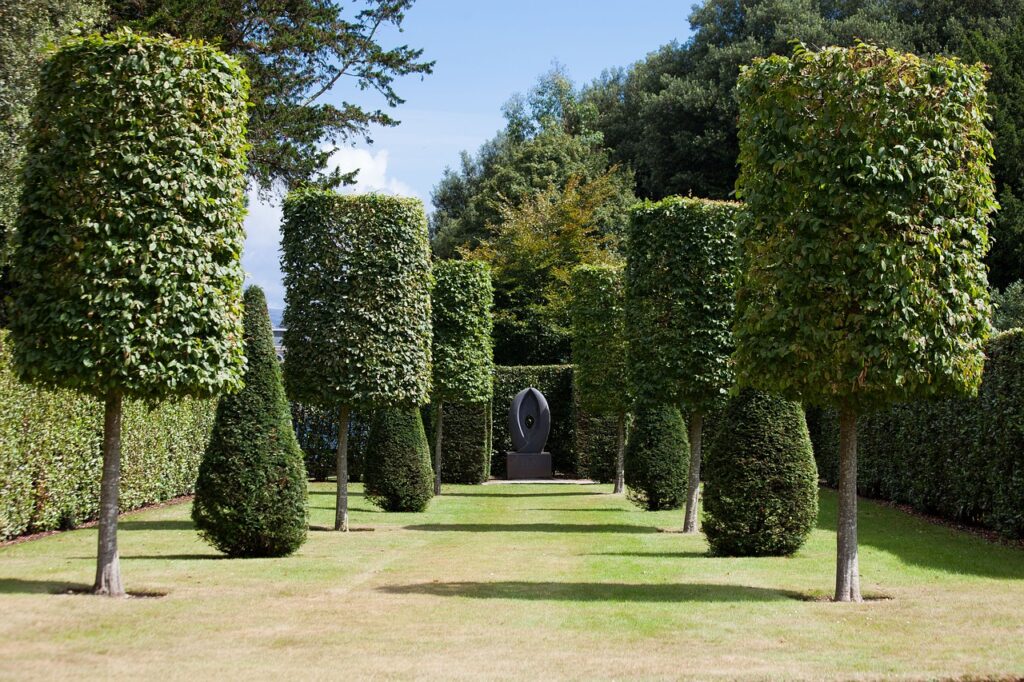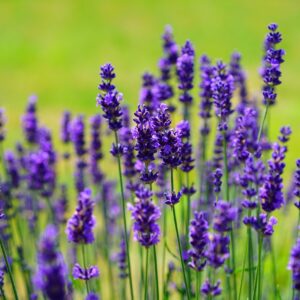Do you want your plants to thrive and look their best? Then it’s time to master the art of pruning.
Pruning is an essential technique that promotes plant health and enhances their overall appearance. By selectively removing certain branches and stems, you can encourage growth, improve airflow, and prevent disease.
But when and how should you trim your plants? This article will guide you through the process. You’ll learn about the benefits of pruning for plant health, understand the different types of pruning cuts, and discover when to prune different types of plants.
Additionally, we’ll cover the tools and techniques you need for successful pruning and highlight common mistakes to avoid.
Get ready to unleash your inner gardener and transform your plants with the art of pruning.
Benefits of Pruning for Plant Health
Pruning helps plants thrive, keeping them strong and disease-free. By trimming away dead or damaged branches, you encourage new growth and prevent the spread of diseases. Regular pruning also improves air circulation and sunlight penetration, which are essential for plant health.
When you remove overcrowded branches, you create space for the remaining ones to flourish. Pruning also helps in shaping plants, promoting a more attractive appearance. It’s important to prune at the right time, depending on the type of plant. For flowering shrubs, prune after they bloom to avoid cutting off the next season’s buds. Fruit trees benefit from pruning during their dormant period.
Remember to use sharp, clean tools and make cuts at a 45-degree angle to maximize the healing process. With proper pruning techniques, your plants will thrive and reward you with vibrant, healthy growth.
Understanding Different Types of Pruning Cuts
When it comes to caring for your garden, it’s crucial to have a good grasp on the various types of cuts used to shape and maintain your plants. Understanding different types of pruning cuts is essential for achieving the desired results and promoting healthy plant growth.
The first type of cut is known as a heading cut, which involves removing a portion of the stem or branch to encourage new growth. This cut is commonly used to shape plants and control their size.
Another type of cut is called a thinning cut, where an entire branch or stem is removed at its point of origin. Thinning cuts help improve air circulation and reduce the risk of disease.
Lastly, there are renewal cuts, which involve removing old or damaged branches to rejuvenate the plant.
By familiarizing yourself with these different types of pruning cuts, you can effectively maintain the health and appearance of your plants.
When to Prune Different Types of Plants
Optimizing the growth and beauty of your garden involves understanding the perfect timing for tending to each unique plant variety. Knowing when to prune different types of plants is crucial for their overall health and appearance.
For deciduous plants, such as roses and fruit trees, it’s best to prune them during late winter or early spring, when they’re dormant. This allows for the removal of dead or damaged branches before new growth begins.
Evergreen plants, on the other hand, should be pruned in early spring or late summer, when they’re actively growing. This timing ensures that the plants have enough time to recover and heal before the winter.
By pruning your plants at the right time, you can encourage optimal growth and maintain the desired shape and size of your garden.
Tools and Techniques for Pruning
Using the proper tools and techniques can make the process of shaping and maintaining your garden a breeze. When it comes to pruning, having the right tools is essential. Invest in a good pair of pruning shears for small branches and stems. For larger branches, a pruning saw is needed. Make sure your tools are sharp and clean to ensure clean cuts and prevent the spread of disease.
When pruning, it’s important to follow a few key techniques. Start by removing any dead or damaged branches. Then, thin out any overcrowded areas to promote better air circulation and light penetration. Finally, shape the plant by selectively cutting back branches to create the desired form.
By using the proper tools and techniques, you can ensure healthy and beautiful plants in your garden.
Common Mistakes to Avoid When Pruning
Avoid these common mistakes that can harm the health and appearance of your garden by learning proper pruning techniques. One of the most common mistakes is pruning at the wrong time. It’s important to know when your plants bloom and set buds, as pruning at the wrong time can disrupt their growth and flowering.
Another mistake is making improper cuts. Always use sharp and clean tools to make clean cuts at a 45-degree angle, just above a bud or branch collar. Avoid cutting too close or leaving stubs, as this can lead to disease and decay.

Over-pruning is another common mistake. Remember to only remove about one-third of the plant’s growth at a time to avoid weakening it.
Lastly, neglecting to prune regularly can result in overgrown and unhealthy plants. By avoiding these common mistakes, you can maintain the health and beauty of your garden.
Conclusion
So now you know the art of pruning! By understanding the benefits of pruning for plant health and the different types of pruning cuts, you can confidently trim your plants.
Remember to prune at the right time for each type of plant and use the proper tools and techniques. Avoid common mistakes like over-pruning or cutting too close to the trunk.
With practice and care, you’ll be able to keep your plants looking their best and promote their overall well-being. Happy pruning!





